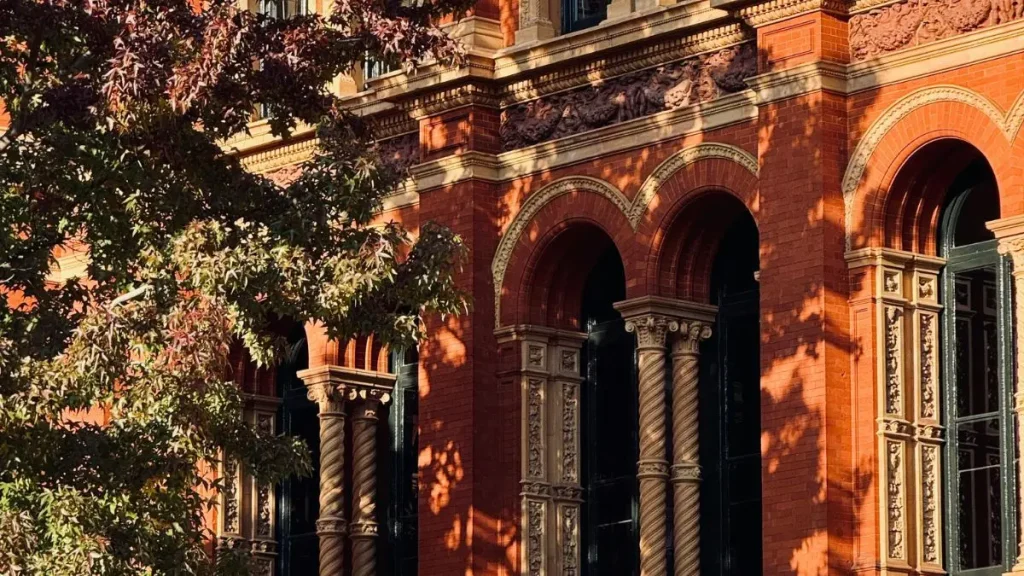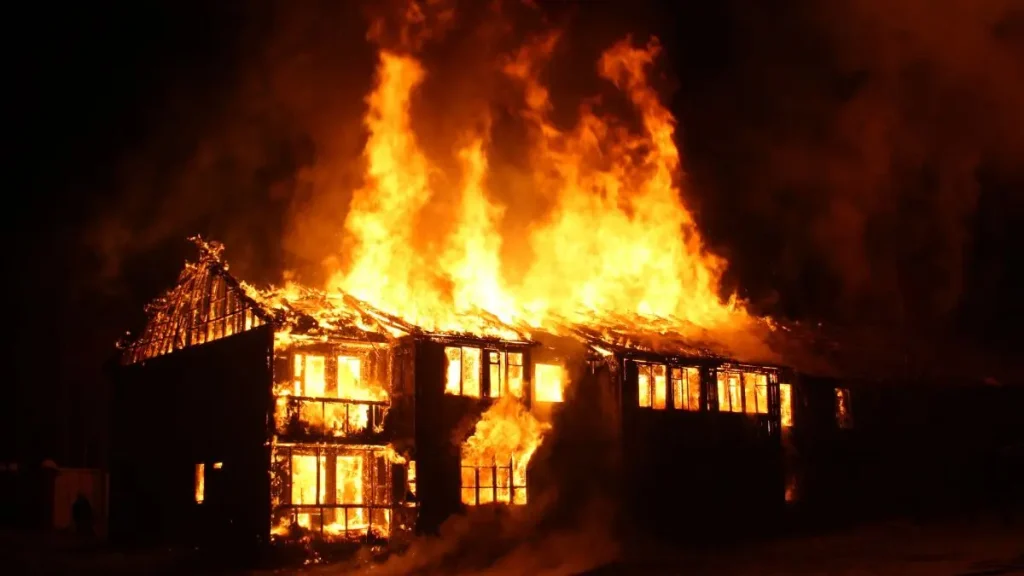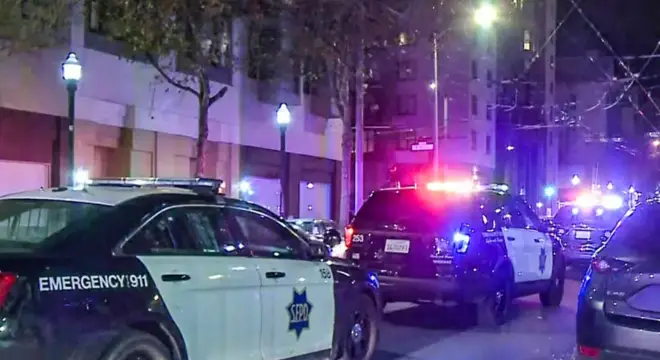1860s-Era Grass Valley Home Damaged as Fire Sweeps Through Property
I saw the Grass Valley Fire Department’s early-morning update and my first thought was relief: everyone inside the house got out unharmed. Just after midnight on Monday, crews answered a call near South Church and Walsh streets and found a large Victorian-style home on fire.
Firefighters moved fast to protect the neighborhood. They attacked interior flames to keep the blaze from jumping to nearby houses, working methodically through rooms and hallways. Still — even with that quick response — hidden pockets of fire were a problem, and crews spent extra time making sure the structure was fully checked.
At this stage officials identified the home as the J.P. Stone House, a property tied to Grass Valley’s earliest years. It’s important to note: reports say cause was accidental and traced to an open-flame source, but the total damage is still being assessed by investigators.
If you live nearby or were awake that night, your eyes and memories matter — did you notice anything unusual before or after the fire? Share what you saw, and I’ll include community details in the next section.
The House’s Identity — The Historic J.P. Stone Home

When I read the CBS News Sacramento report, one line stood out: “The home was the J.P. Stone House, built in the early 1860s.” That sentence carries more weight than it looks — because this isn’t just another fire story. It’s the loss of a living piece of Grass Valley’s history.
The J.P. Stone House is believed to date back to around 1861, one of the oldest surviving homes in town. J.P. Stone wasn’t just a homeowner — he helped shape the city’s early growth as one of its first town trustees and as the owner of Empire Ditch, the system that once supplied water to the mines fueling Grass Valley’s economy.
Even if you’ve walked past it a hundred times, that house always stood out — high windows, the deep wooden frame, and that quiet Victorian charm that felt frozen in time. To see it scarred by flames feels like losing a page from the town’s own story.
If you’ve got old photos or memories of the house before the fire, share them — they might help preserve its story while the structure itself is being rebuilt.
Why the Fire Was So Hard to Contain?
The Grass Valley Fire Department explained in their Facebook update that the house’s “balloon-frame construction” made the fire unusually tough to fight.
If you’re not familiar with that term, it basically means the walls were built in one continuous stretch from the foundation up to the roof — with open cavities inside. Once a flame gets in, it travels silently through those spaces like air in a chimney.
That’s exactly what happened here. Even after firefighters knocked down the visible flames, they had to hunt through the walls and ceilings to find the hidden ones. It’s exhausting, risky work — especially in a 160-year-old structure where every board has dried out over generations.
Old homes like this are beautiful, but they’re fragile in ways modern houses aren’t. I’ve seen cases where a small candle or fireplace spark turns into a disaster simply because of how these frames breathe fire through hidden gaps.
So if you live in or care for a historic property, take this as a reminder: a single open flame can be enough.
Similar challenges were seen when a chimney fire engulfed a Smith County home, where the structure’s design made it tough for firefighters to contain the spread.
Cause of the Fire — Determined Accidental
Investigators later confirmed what everyone had hoped — this wasn’t arson. The cause was accidental, traced to an open-flame source somewhere inside the home. The Grass Valley Fire Department hasn’t yet shared full details, but it’s clear the incident wasn’t suspicious.
Right now, the total damage remains uncertain. Some sections of the structure are standing; others, like parts of the upper floor and attic, are likely beyond repair. Crews have been working to stabilize what’s left so that the building doesn’t collapse further during assessment.
For homeowners in the area, this is a quiet wake-up call: keep your open-flame habits in check. Candles, fireplaces, and old wiring — they all sound harmless until they aren’t.
It’s a reminder that even a simple spark can spiral out of control — much like the Harrison home incident caused by a kitchen flame.
Community Reacts to the Loss of a Local Treasure
By sunrise, the story had already spread across Grass Valley’s Facebook groups. Locals wrote things like “You can’t rebuild 160 years of history” and “So sad to see a part of our town’s roots burn.” You could feel the heartbreak in every comment.
Many residents had passed that house daily — it wasn’t just wood and nails; it was a marker of continuity. Heritage groups are already talking about whether restoration might be possible, or at least how to preserve what remains.
I think moments like this remind a community how connected it really is. A single house fire can ripple far beyond one address — it stirs memories, pride, and sometimes even a shared sense of duty to protect what’s left of the past.
If you grew up around South Church Street or have family stories linked to the area, this is a good time to share them — they matter more than ever now.
Lessons for Owners of Historic or Older Homes

Watching this happen, it’s hard not to think about how many of us live in older houses and forget their age comes with hidden risks. If you own one, start with a fire-safety check. Old wiring, cracked chimneys, and dry wooden frames make fires travel faster than you’d expect.
You don’t have to gut your place to make it safer — just add smarter layers. Modern smoke alarms, hard-wired detectors in attics and crawl spaces, and regular electrical inspections go a long way. Talk to your local fire department; they often run free safety audits for historic properties.
And if you rent or manage one of these homes, remind everyone inside that open flames — candles, incense, old stoves — need respect. The J.P. Stone House fire wasn’t started by neglect; it started by chance. But prevention isn’t chance — it’s habit.
How old is your home, and when was the last time you checked its fire safety gear?
Just last month, a lithium battery explosion caused major damage in Iowa — proof that fire hazards come in all forms, not just from old construction.
What Happens Next — Restoration or Ruin?
Right now, the big question hovering over Grass Valley is this: Can the J.P. Stone House be saved?
City officials and the Grass Valley Fire Department are still assessing the structure’s integrity. Parts of the home — especially the upper sections and roofline — took the worst of the heat and smoke.
Restoration experts I’ve spoken to in the past say it’s often a race against time: if water damage and structural shifts aren’t handled quickly, an old building can deteriorate faster after the fire than during it.
There’s early talk among preservation advocates about raising funds or applying for emergency heritage grants. Nevada County Historical Society may step in to document what remains — even if full restoration isn’t immediately possible.
If you’re local and want to help, keep an eye on official posts from the Grass Valley Fire Department and city preservation boards. These agencies usually share verified donation links and volunteer opportunities once the scene is declared safe.
I’ll be watching this story closely — because what happens next will say a lot about how much a town values its past when it’s literally at risk of turning to ash.
Local residents have also been sharing on-ground updates and short video clips through Grass Valley community groups on WhatsApp — a good way to stay in the loop as restoration plans unfold.
Reflecting on Grass Valley’s History and Resilience
Standing outside the charred frame of a 160-year-old home, it’s easy to think in losses — what’s gone, what can’t come back. But history doesn’t vanish with smoke; it lingers in the stories people keep telling.
The J.P. Stone House has seen more than a century of storms, celebrations, and change. Its walls may be scarred, but its story just gained a new chapter — one that might push Grass Valley to protect its heritage more fiercely.
If anything, this fire reminds us that history is fragile — it only survives when we care enough to preserve it. So here’s my question to you: when was the last time you looked at an old building in your town and wondered what it’s lived through?
Maybe this is the moment we all start paying a little more attention — before another piece of the past disappears overnight.
If stories like this move you, take a look at how other communities are rebuilding after fire tragedies — every one has something to teach. Explore more real-life recovery stories in our Home Fire Reports & Restoration Insights
section.
Disclaimer: Details in this report are based on official updates from the Grass Valley Fire Department and local news sources. Information about damage and restoration efforts may change as the investigation continues. Readers are encouraged to follow verified city or fire department channels for the latest updates.


